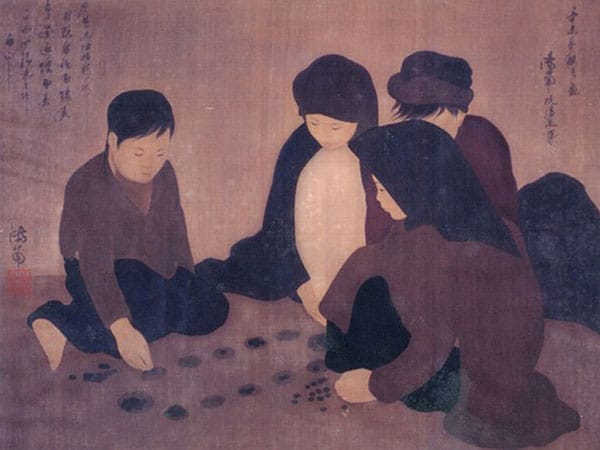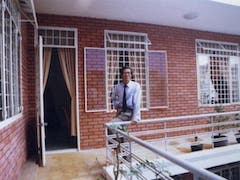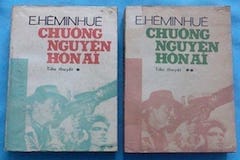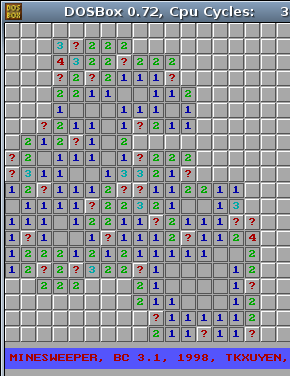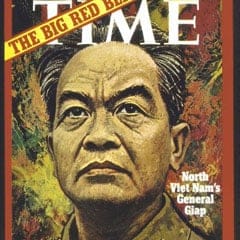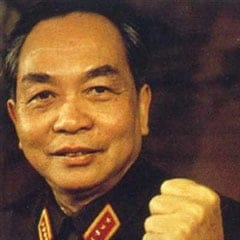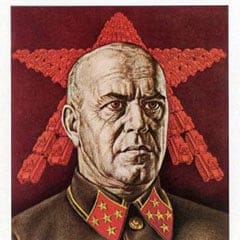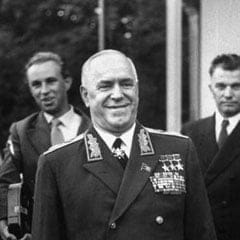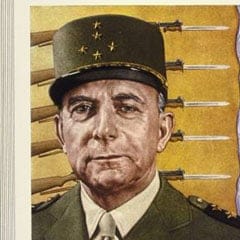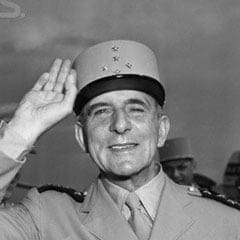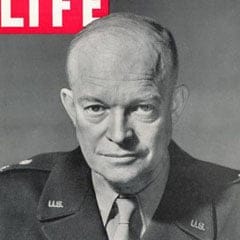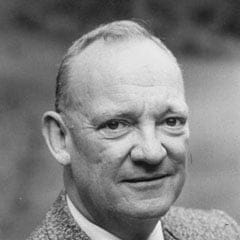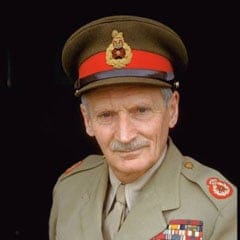who heroically defended the town, Feb ~ Mar, 1979.
Exactly 30 years ago… things as seen aftermath, when the bloodshed battles have just been over… Film name: Thị xã trong tầm tay, screenplayer & director: Đặng Nhật Minh, type: 35mm black and white film, year of production: 1982, music, lyric & dialogue: Trịnh Công Sơn & Hoàng Phủ Ngọc Tường.
3rd division (nickname: Yellow Star, official number: 359th) is an elite (but not regular!) formation of the VPA (Vietnam People Army), originally formed and served in the 5th military region (central of Vietnam). For its exceptional performance in the Vietnam war, in 1976, the unit was deployed to the 1st military region in preparation for any threats from the north. The responsibility was to defend Lạng Sơn province, with the historical positions: Đồng Đăng, Kỳ Lừa, Chi Lăng…
When it happened 3 years later, nominally, no regular formation had been committed to battle, the Strategic Army’s 1st and 2nd Corps still stationed around Hà Nội, behind the Như Nguyệt river (aka Cầu river) defence perimeter, in case of any deeper penetrations. Only local militia units took charges of absorbing the offensive forces. In reality, some of the most combat – hardened units, such as the 3rd (359th), the 346th divisions, had already engaged in.
At the outbreak of the Sino – Vietnam war, Feb, Mar, 1979, facing an enemy roughly 9 times outnumbered (against the Chinese 127th, 128th, 148th, 161th, 163th, 164th, 165th infantry divisions with their supporting artillery and tank units), Yellow Star fiercely defended a line of 60 km in width, only permitted the enemy to advance less than 30 km in depth, at an average rate of 0.8 km per day, and at an huge price of loss (about 11.000 Chinese casualties on only this front, to the overall number of 60.000)!
The division’s personnel also helped in training other defending units the following years. The final offensive had been carefully planned and prepared, but canceled due to the opponent’s unilateral withdrawal and other political reasons, thus denying the unit an evident victory. However, that’s enough for the division to receive great fear and respect from the adversary side! What was left is the completely destroyed provincial capital town of Lạng Sơn, no house is known to stand inside the town, the spaces recalled by the film!



